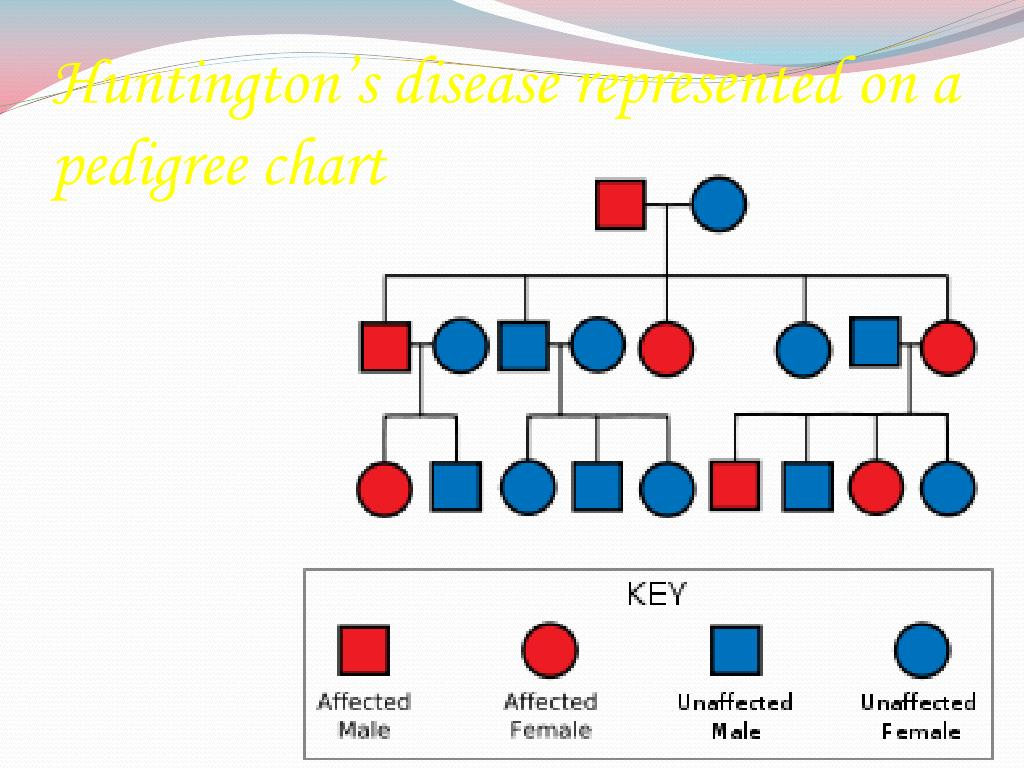Huntington’s disease is a genetic disorder characterized by the progressive breakdown of nerve cells in the brain. It is an inherited condition caused by a mutation in the HTT gene, which leads to the production of a toxic protein that damages cells in the brain. Symptoms of Huntington’s disease typically appear in adulthood and worsen over time, affecting movement, cognition, and behavior.
A pedigree chart is a visual representation of a family’s genetic history, showing the relationships between family members and indicating the presence of a particular trait or condition. In the case of Huntington’s disease, a pedigree chart can help track the inheritance of the mutated gene responsible for the disorder within a family. By examining the chart, healthcare providers and genetic counselors can better understand the risk of developing Huntington’s disease for individuals with a family history of the condition.
Pedigree Chart For Huntington’s Disease
Creating a Pedigree Chart for Huntington’s Disease
To create a pedigree chart for Huntington’s disease, start by identifying individuals in the family who have been diagnosed with the condition. Next, gather information about other family members, including their relationships, medical history, and any symptoms they may have experienced. Use standard symbols and lines to represent each individual in the chart, indicating their gender, affected status, and relationship to others. By documenting this information in a systematic way, you can visualize the inheritance pattern of Huntington’s disease within the family and identify individuals at risk of carrying the mutated gene.
